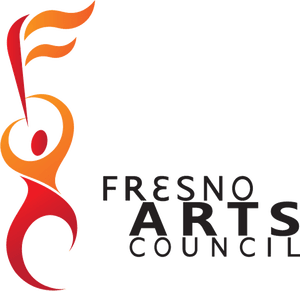Public Art & Mural Guidelines
A non-exhaustive summary of considerations when installing public artwork.
To learn more about your rights as a California artist and/or business owner, click here.
Suggested mural guidelines for artists, building owners, and the general community
Once a mural is painted in an outdoor location, it becomes public art. An artist, business owner or the public can propose a mural, but there are a number of factors to consider before starting a mural project:
- The artist and the building owner will agree upon the content of the mural with an estimate of the cost.
- A written contract should be signed between all parties involved, i.e. the artist, building owner (or leaser) and the funder, if appropriate.
- The contract should designate the lifetime of the mural (such as the agreed-up number of years that the mural will be left undisturbed), after which, the mural can be painted over without penalty.
- Prepare the wall surface so the mural will endure wear and tear.
- Investigate the different types of paints available and strive to select the most durable type of paint.
- Determine who will maintain the mural if the work is damaged.
- Take into account the cultural preferences of surrounding businesses and residents when planning the mural design.
Other considerations:
- Sign and date the work and/or copyright the mural.
- Review the Rights of Artists and Business Owners, California Civil Code 987. Read it here
The mural making process
- When painting a mural, it is important to choose appropriate wall materials and locations: solid concrete and stucco walls are preferred over brick, concrete block, wood, and retaining walls since paint may eventually erode from exposure to weather or physical damage. Water leakage and visible cracks should also be avoided as these may adversely affect the mural.
- Sun exposure and air pollution are additional environmental considerations: murals facing direct sunlight, such as those facing south or west, have increased fading and peeling paint than those murals protected by overhanging architecture or are placed in the shade or indirect sunlight during the day. Murals in heavily-trafficked areas, such as freeways or busy streets, will be exposed to more smog, dirt and chemicals, which may alter the colors and textures of the original paint.
- Before painting a mural, it is recommended that the selected wall be washed with a high-power water hose or sandblasted first to provide a clean painting surface. Next, a wall coating such as gesso should be applied to create a smooth surface that can bond with paint. One type of paint that bonds extremely well on walls and lasts many years is mineral paint. All materials, including paint and anti-graffiti coating, should be compatible with each other, as well as with the wall material(s). If you are unsure whether there may be adverse chemical effects between your materials, please consult the manufacturers of the product(s) in question.
- Paint should be applied in thin and even layers. Thick layers of paint may take longer to dry, may create uneven textures, and tends to peel more quickly. It is recommended that a protective anti-graffiti coating be applied to murals to protect them from vandalism. When considering coatings, do your research: some coatings may crack, bubble, fog, tarnish, or otherwise change the colors of the mural. To prevent this from affecting the painted layer of a mural, a layer of varnish can be applied to a finished mural prior to applying additional protective coatings.
- A mural can only last as long as it is cared for. It is recommended that a regular maintenance plan be devised for each mural created.
A word about copyrights
A mural is public art, but it is also intellectual property. Therefore, the artist(s) should do the following to prevent their mural from being used for commercial profit without their permission:
- Sign the mural and include a phone number, if possible, for contact information.
- Add the copyright logo and the date the mural was completed as a public notice of ownership for the design.
- To register an official copyright, contact the Copyright Office at the Register of Copyrights, Library of Congress, for an application form. www.copyright.gov

